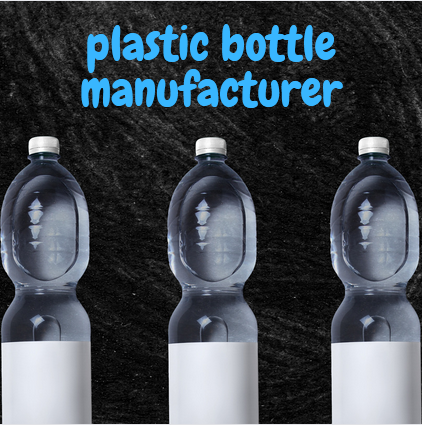There are many different types of plastic manufacturing processes that you can choose from. From Rotational molding to Thermoforming, you can find a variety of techniques that can be used to produce plastic items.
Injection Molding
Injection molding is a process that produces high-quality parts quickly and efficiently. It is the most common method of manufacturing plastic components.
This manufacturing technique has many benefits. For one, it is cost effective. Another benefit is that it produces relatively little waste. Also, it is highly automated and precise. With its ability to produce complex parts, injection molding is often used for medical devices and automobile parts.
The earliest type of injection molding machine used a plunger to push celluloid through a heated tube. However, the material did not always heat evenly. During the Second World War, the demand for mass-produced plastic components increased dramatically. To meet this demand, James Hendry invented a screw-based injection moulding machine.
Today, plastics are commonly used in a variety of applications. As a result, the industry is constantly evolving. Manufacturers are investing in advanced injection equipment to help increase productivity.
Injection Blow Molding
Injection blow molding is a process used to produce hollow plastic parts. It is a versatile process that can be utilized for a number of manufacturing applications, including consumer packaging, beverage bottles, stadium seating, chairs, and lubricants.
Blow molded parts can be made from a variety of thermo-plastics, such as polyethylene, polyethylene terephthalate, and polycarbonate. However, the material chosen depends on the complexity of the design and the desired properties.
The first step in the process is to create a mold. The tooling required to produce an injection mold is highly precise. Having a mold that matches the design perfectly allows total control over the resin flow. After the mold has been designed, the raw plastic material is shaped into a hollow tube with an open end. This is known as a pre-form.
Extrusion Molding
Extrusion molding is a process that uses dies to form plastic parts. The dies are used to shape the molten material before it cools to its final form. It is often considered faster than the injection molding process. In plastic manufacturing, extrusion is an efficient process for producing products in high volume. However, the process does have environmental costs.
Plastic is a versatile material that can be used in a variety of applications. It is an inexpensive material that can be easily processed. Depending on the application, customers should choose a process based on the advantages and disadvantages of each.
In the plastic manufacturing industry, extrusion can be used to produce thin sheets or long cross-section shapes. Some applications include food containers, decorative panels, and window glazing. These types of applications may require a uniform wall thickness.
Rotational Molding
Rotational molding is a process used to create large plastic products. It produces highly detailed, smooth surfaces. The materials used for rotational molding include polyethylene and polyurethane. They have good tensile strength, chemical resistance, and are easy to work with.
Rotational molding is also used to produce smaller parts. A variety of different products are created with the process, including sports helmets, canoes, kayaks, road cones, playground equipment, and more. Depending on the type of part being made, the process can be customized to produce the desired outcome.
Rotational molding is a very flexible process, allowing for the creation of a variety of different products. For example, a rotational molded plastic product can have undercuts or double walls. In addition to its flexibility, it offers scale, giving designers a lot of freedom in designing.
Thermoforming
Thermoforming in plastic manufacturing is an innovative process that produces durable products. These parts are used in a wide variety of industries and applications. They are found in cars, trucks, and farm equipment.
There are several types of thermoforming materials. The most common material is polypropylene. This material is affordable and resistant to chemicals. It is also flexible and opaque. Polyvinyl chloride is another common material. It is durable and thin. This material is used to make rigid pipes.
Other common thermoforming materials include high impact polystyrene and polyethylene terephthalate. These materials have excellent chemical resistance, impact strength, and barrier properties. Another type of thermoforming is vacuum forming. This process involves the use of a vacuum to force a sheet against a mold. Known for its cost effectiveness, this process is popular.

